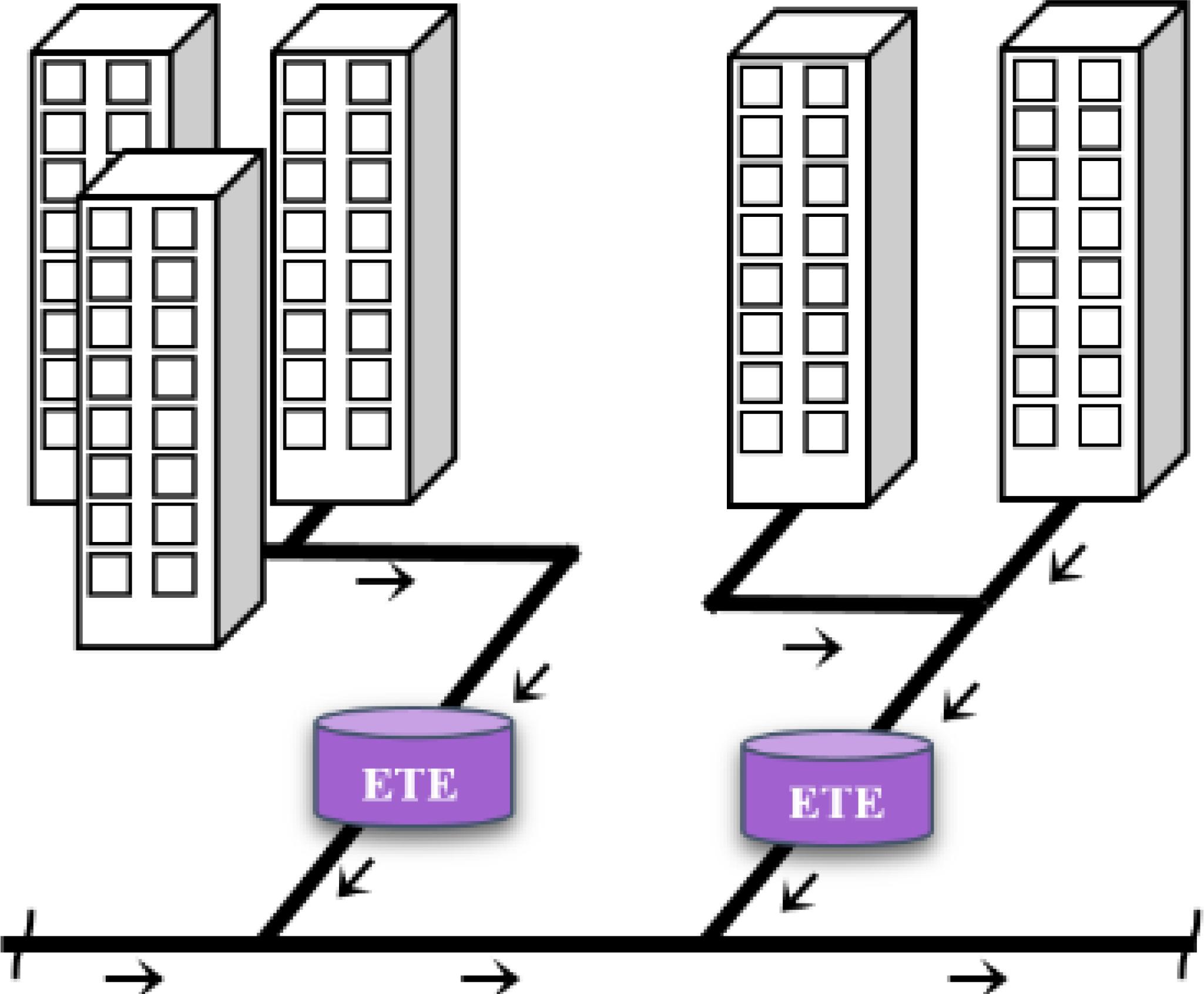Abstract
There are three types of non-potable water building systems: decentralised individual, decentralised or centralised. There is no consensus on which the most efficient type is, since both centralised and decentralised systems have peculiarities that make them either interesting or not in social, economic and environmental aspects. Thus, the aim of this article is to develop the formulation of a mathematical model for decision making regarding the type of non-potable water system and compare decentralised systems with centralised systems over a period of twenty years, with and without the scale effect. The model was developed based on a deterministic mathematical approach, known in the literature as Integer Programming. The difference of this model is that it allows to determine the total accumulated cost, the cost over life cycle and the number of systems necessary to meet a specific demand. The model was applied to a hypothetical residential condominium with a minimum population of 1700 residents. The results indicate that the centralised system is more advantageous than the individual systems in terms of costs of installation, maintenance and operation during a life cycle of twenty years with and without the scale effect.
Keywords:
Non-potable water; Decision-making; Centralised system; Decentralised system; Integer programming

 Fonte:
Fonte: Fonte:
Fonte: Fonte:
Fonte:


